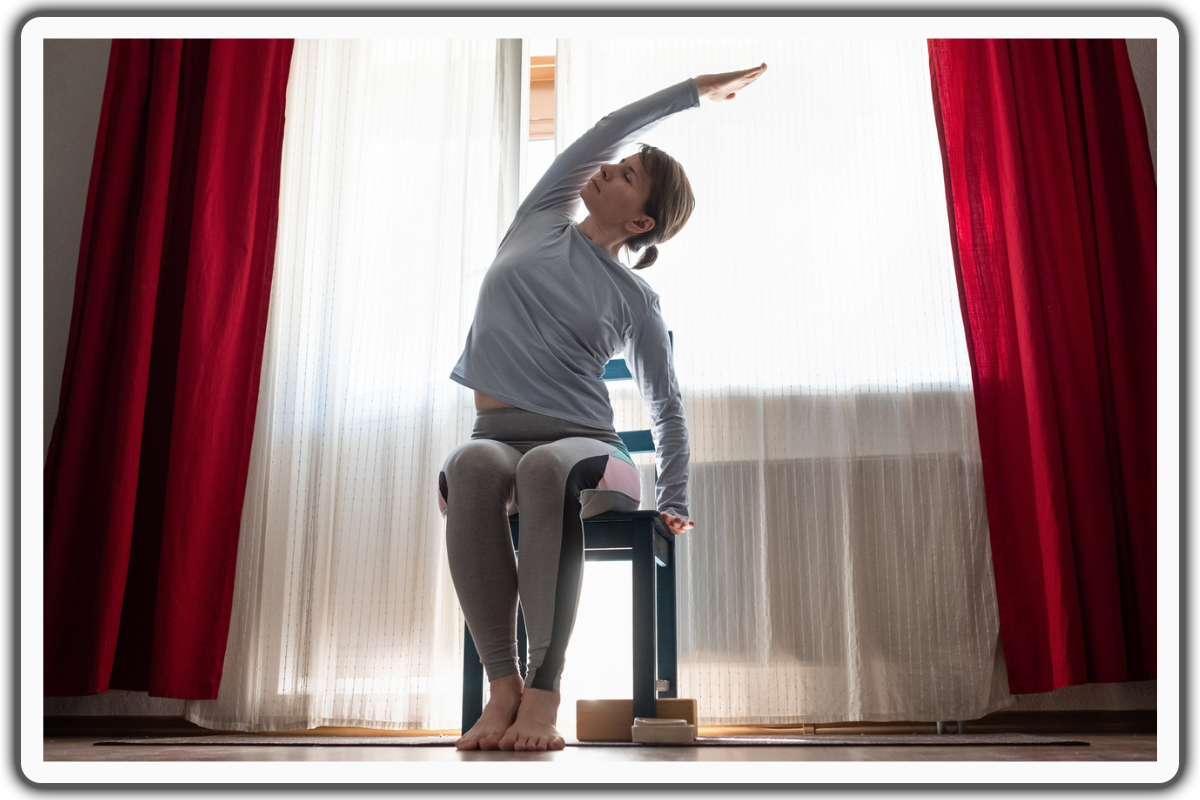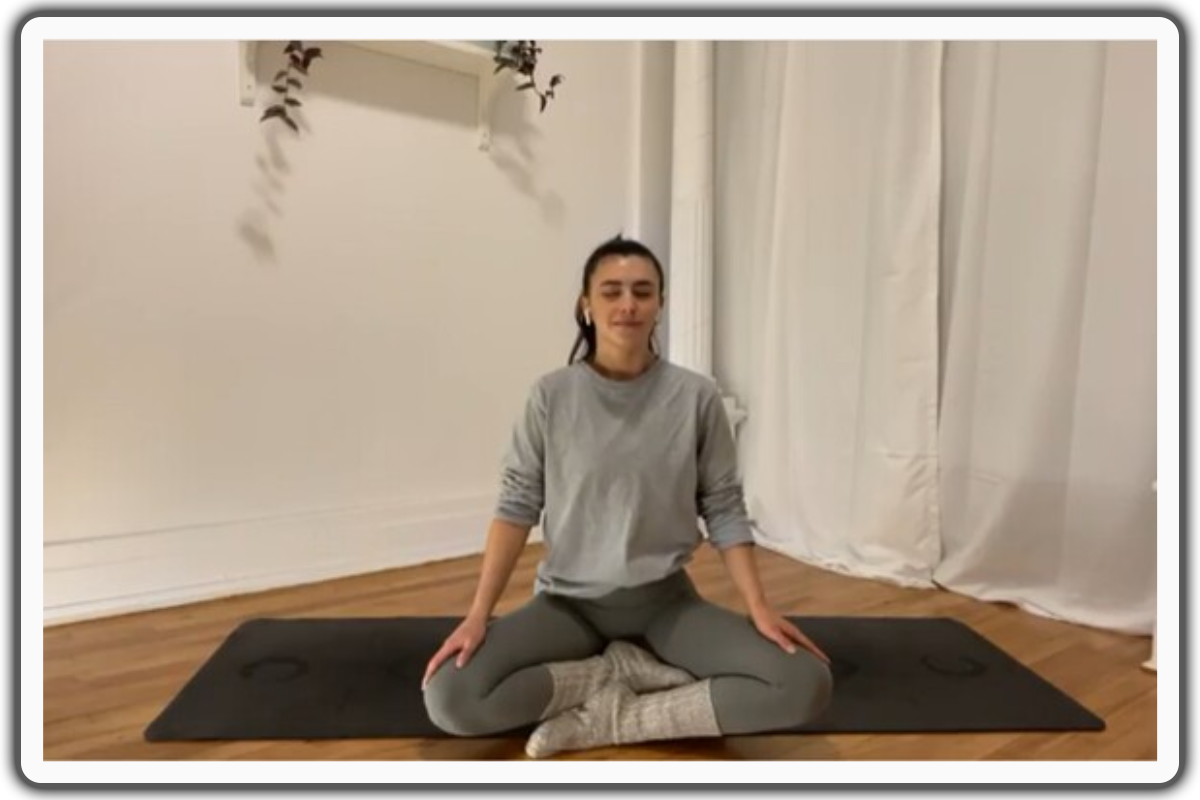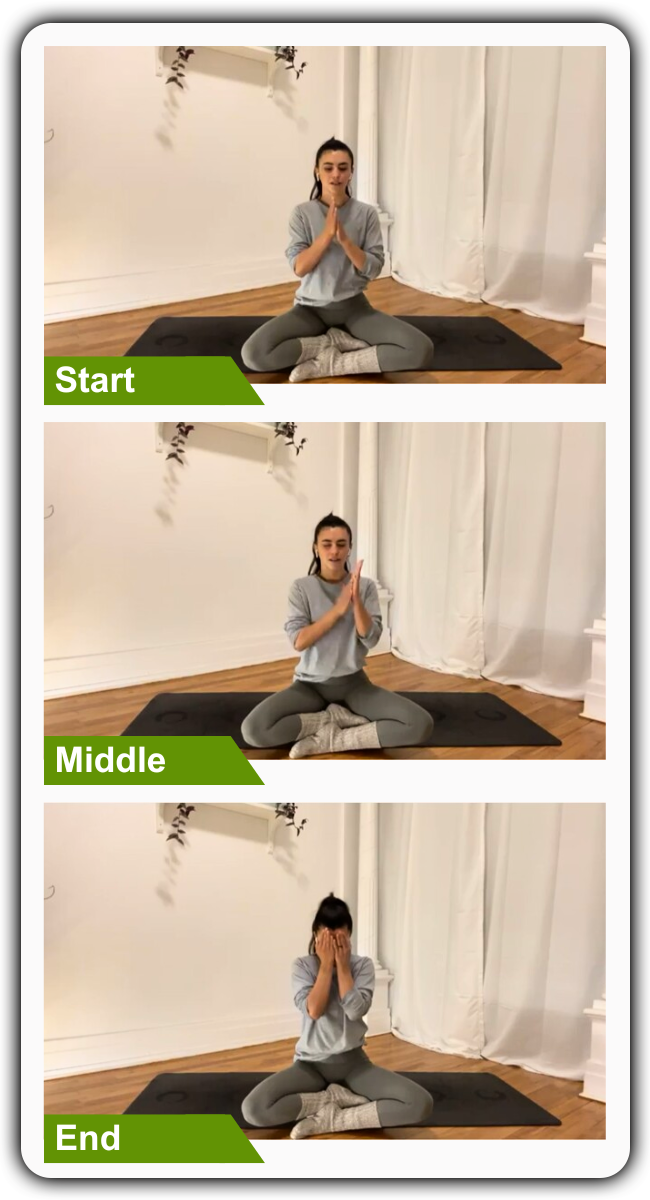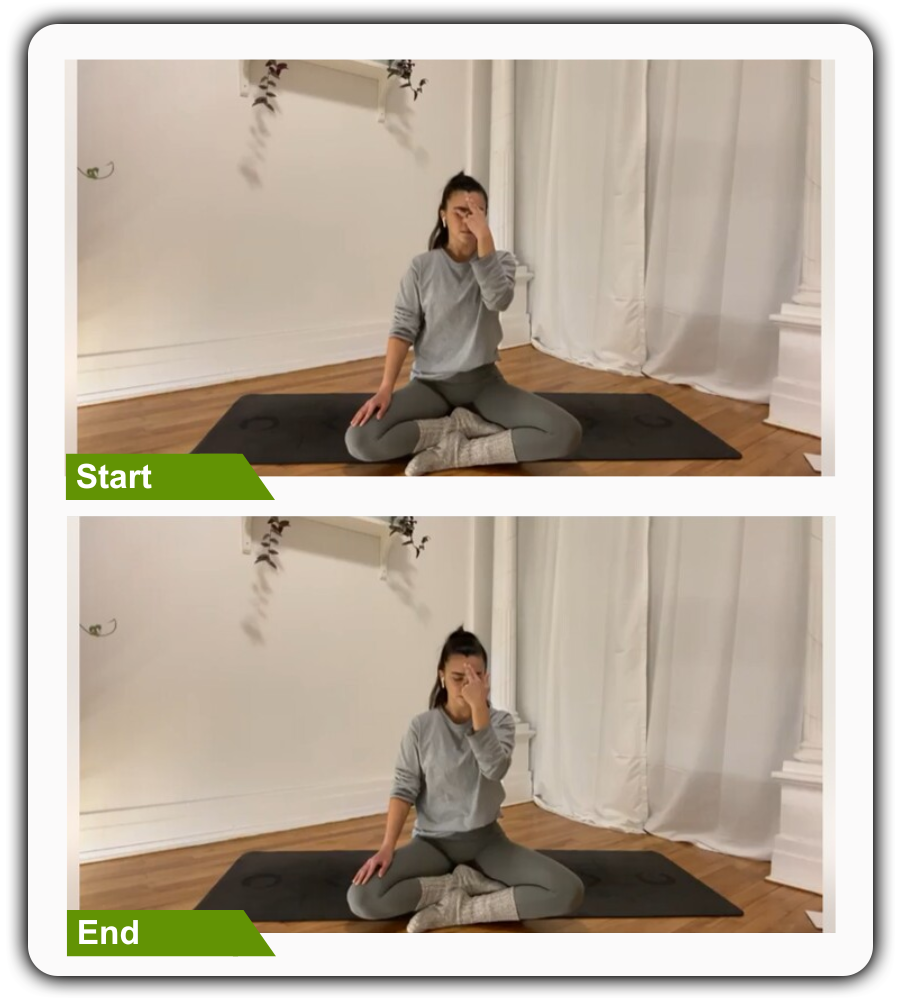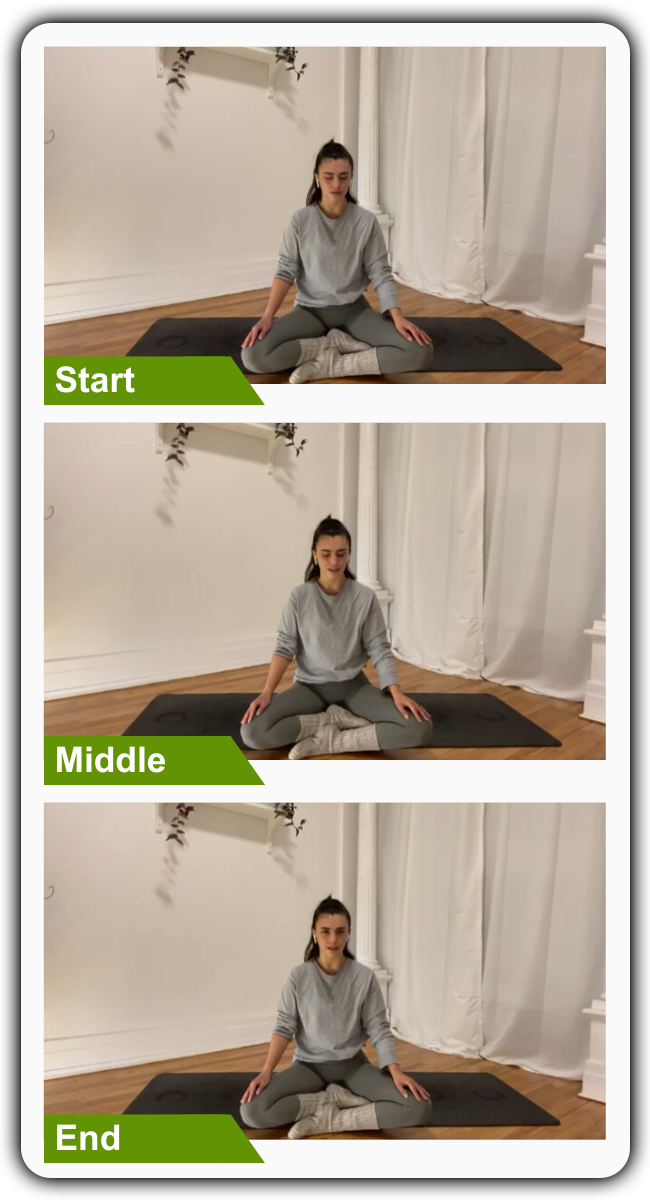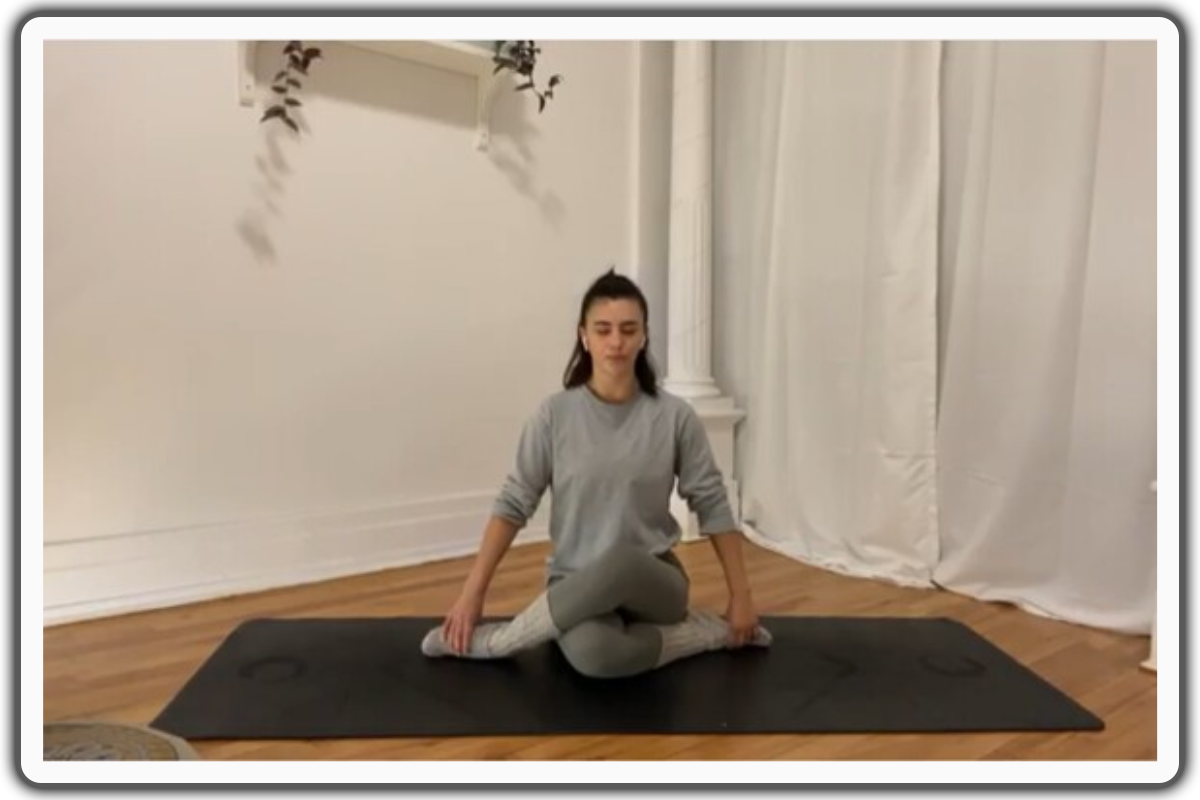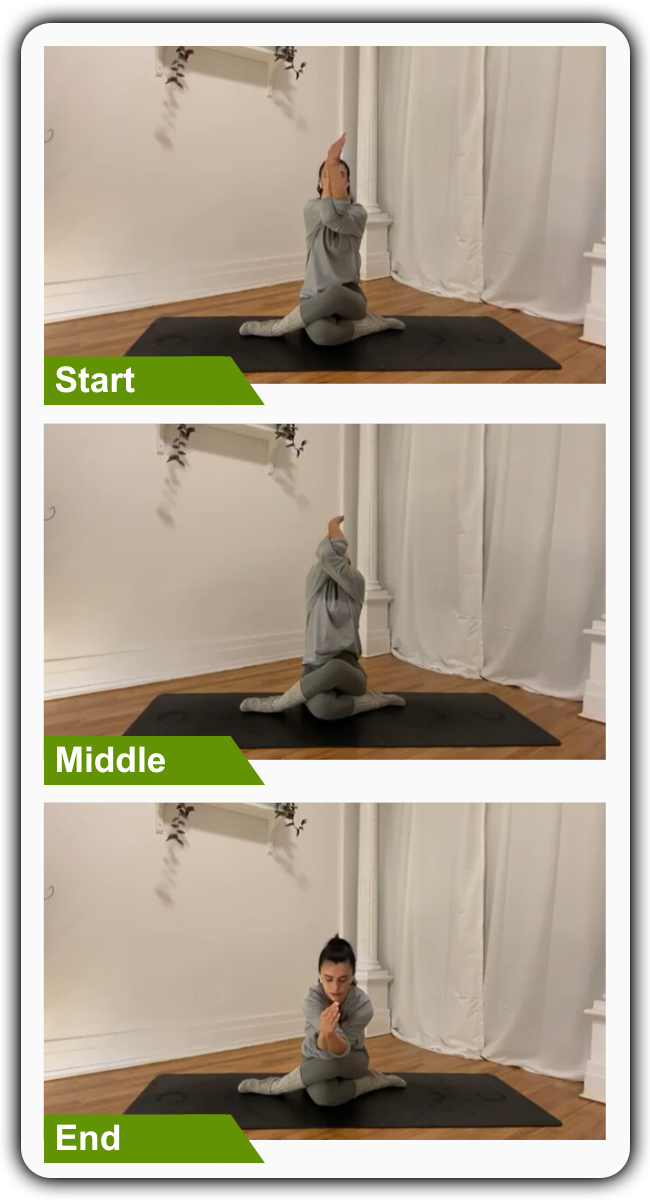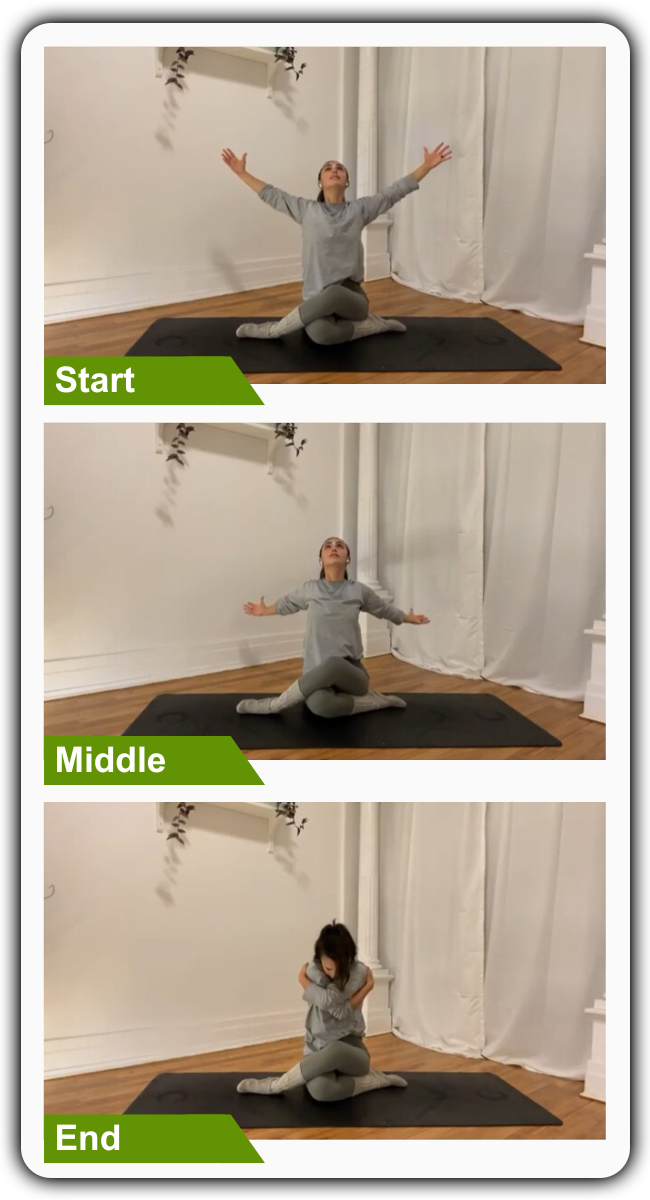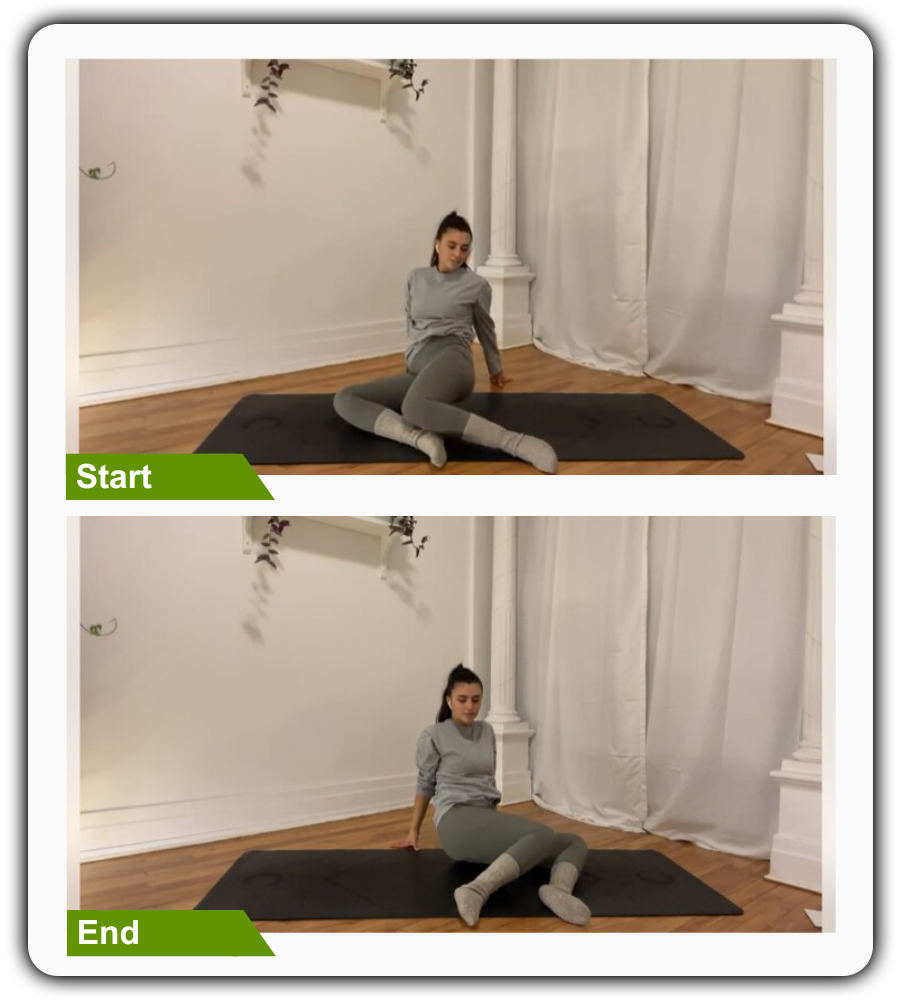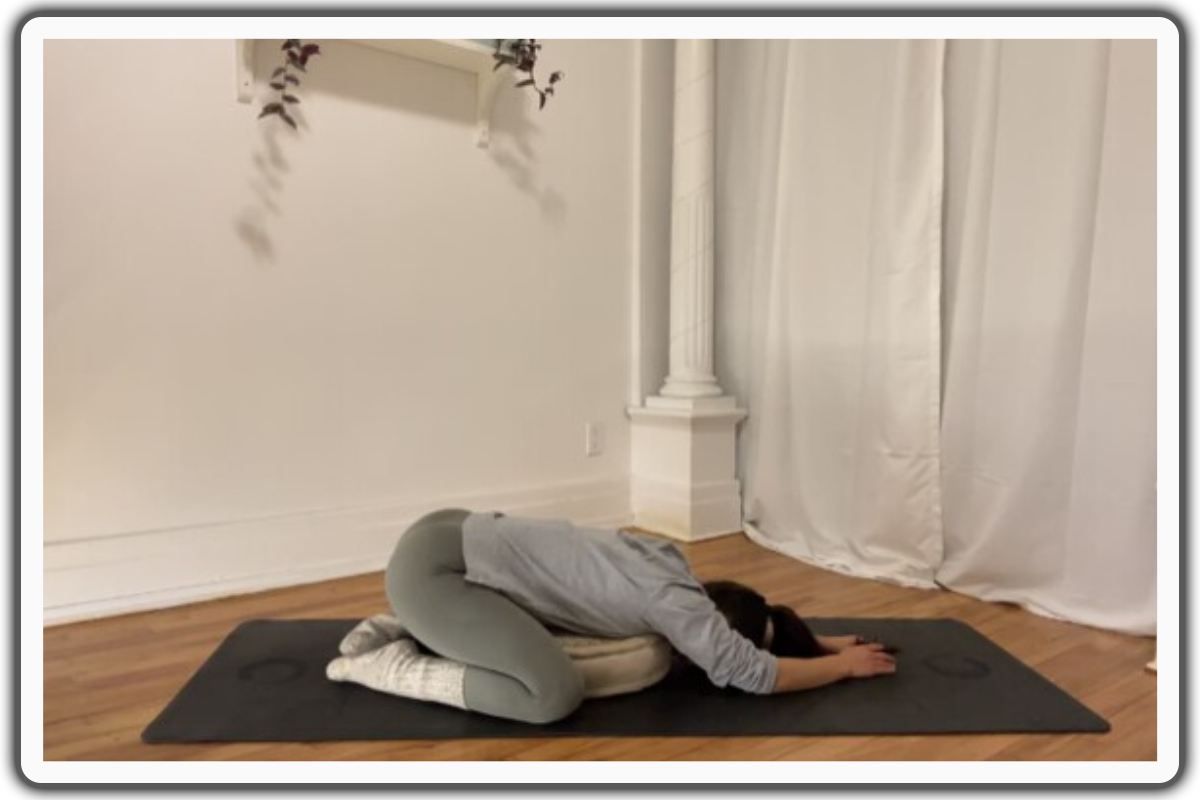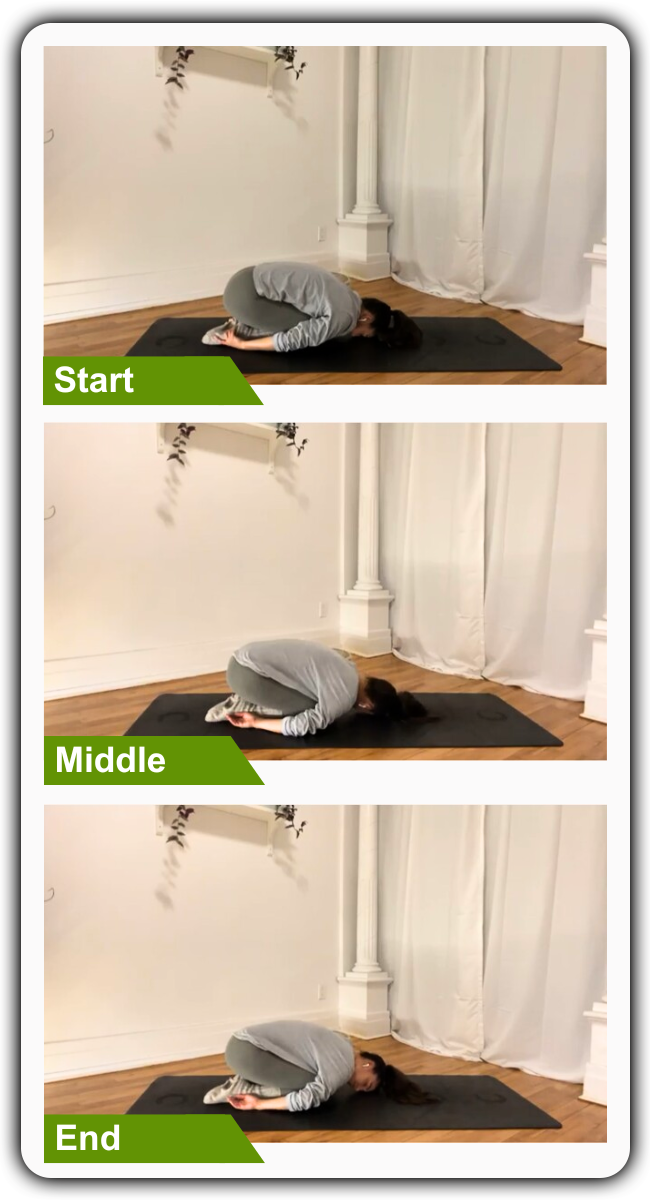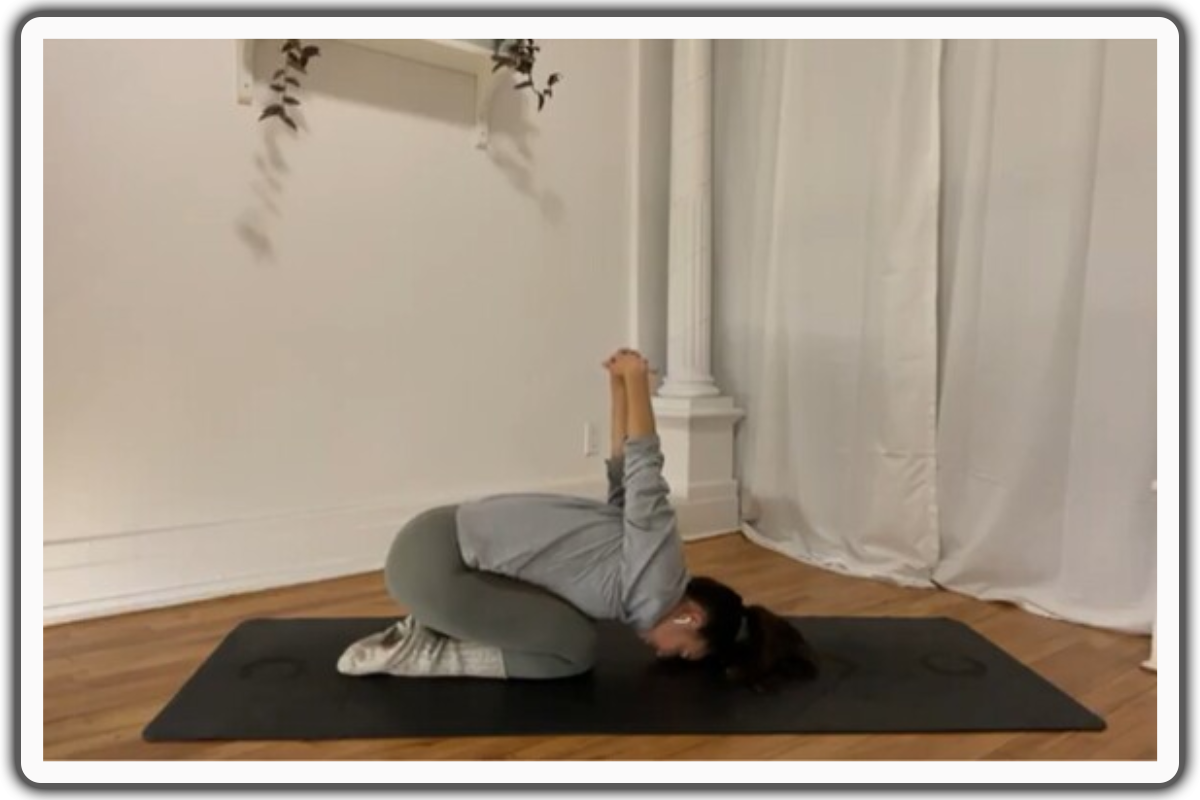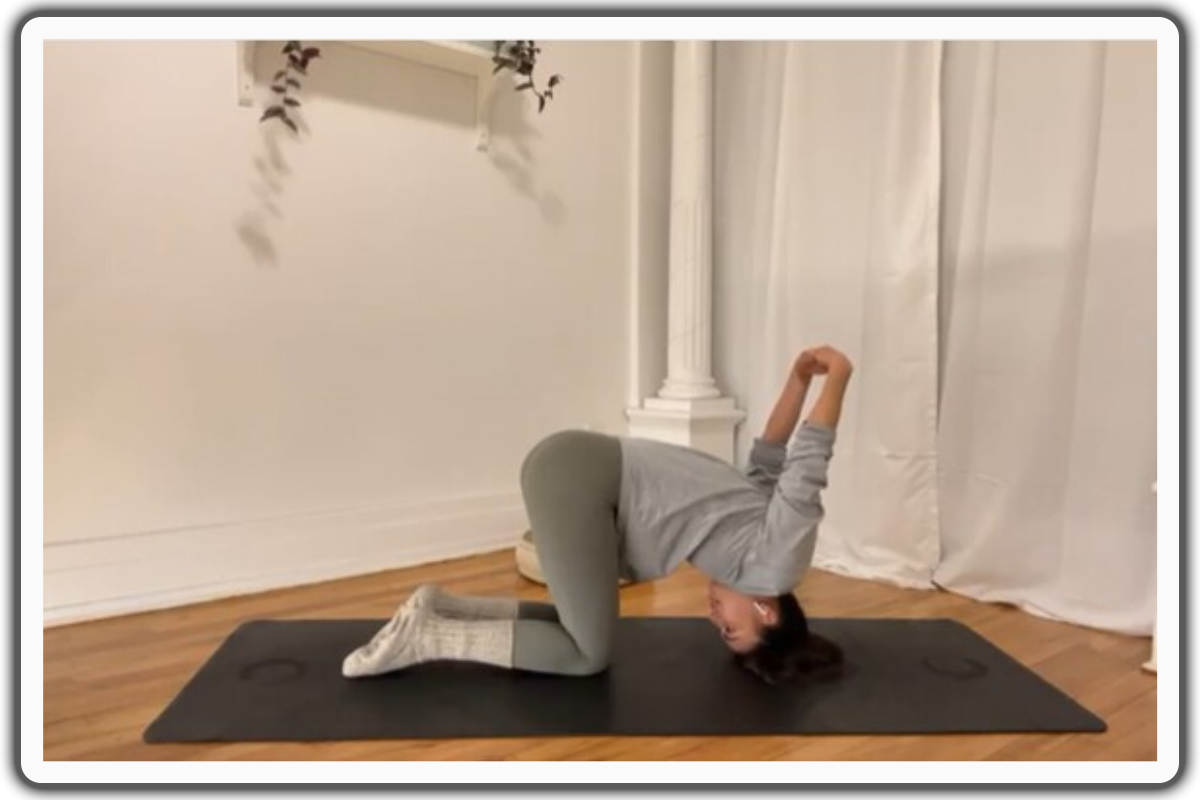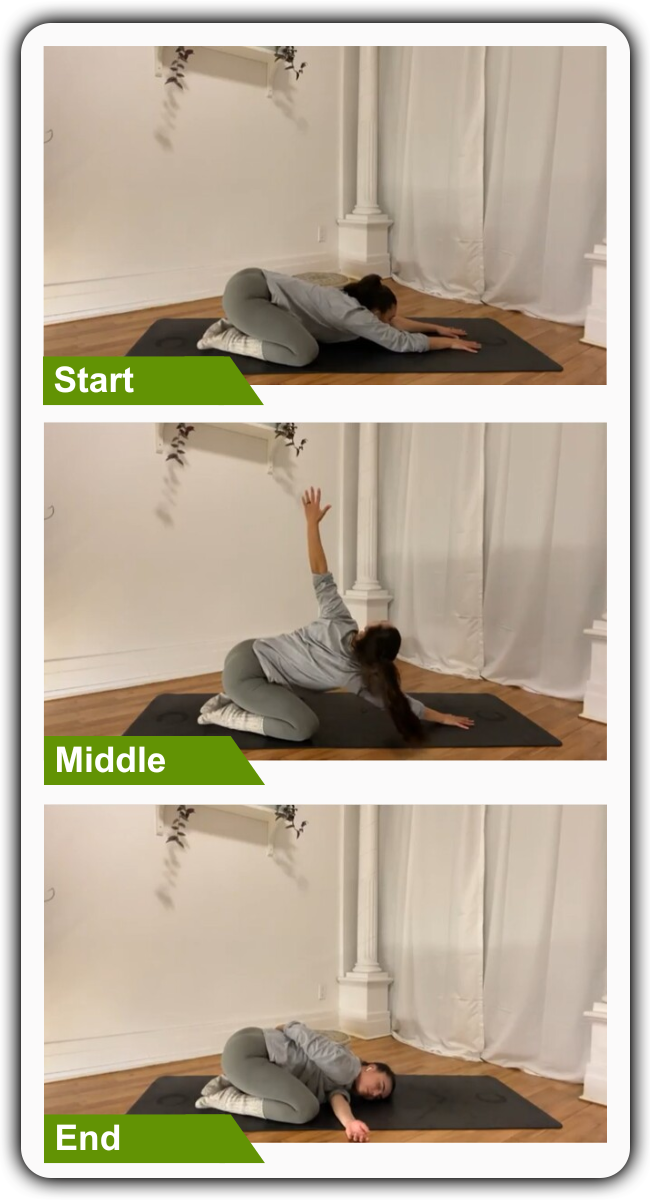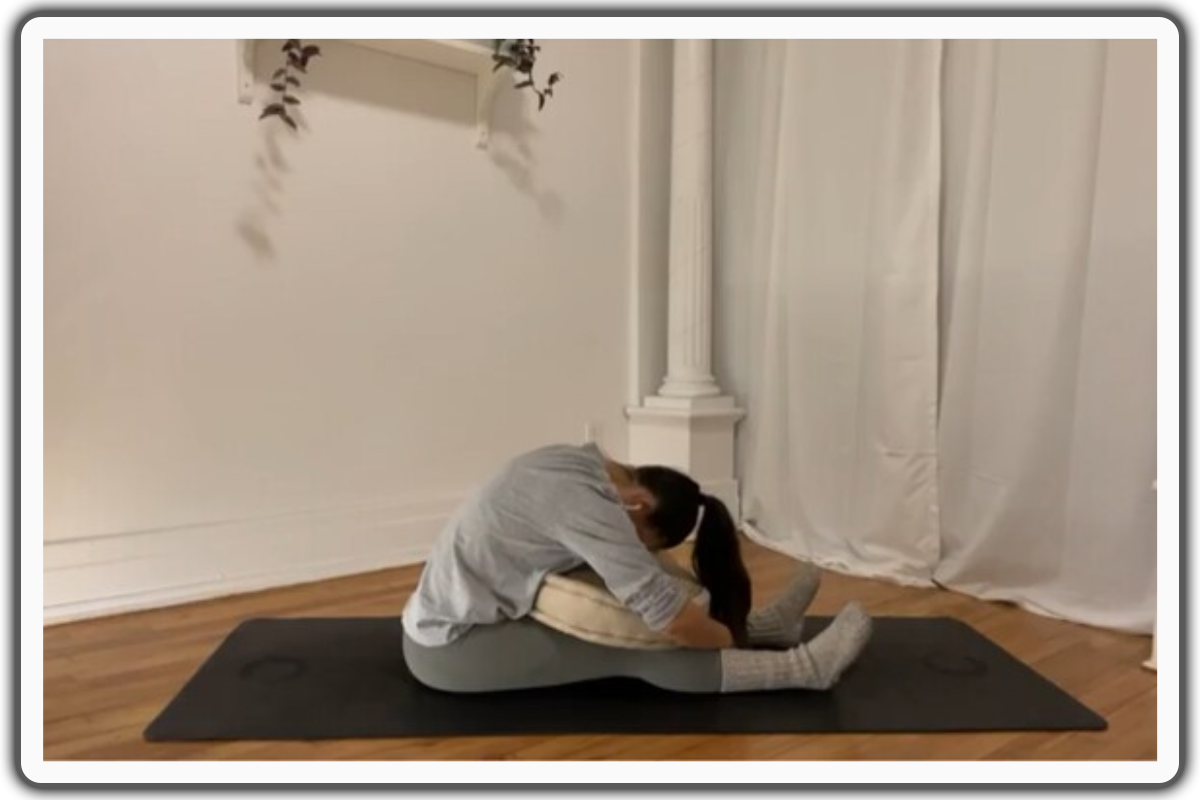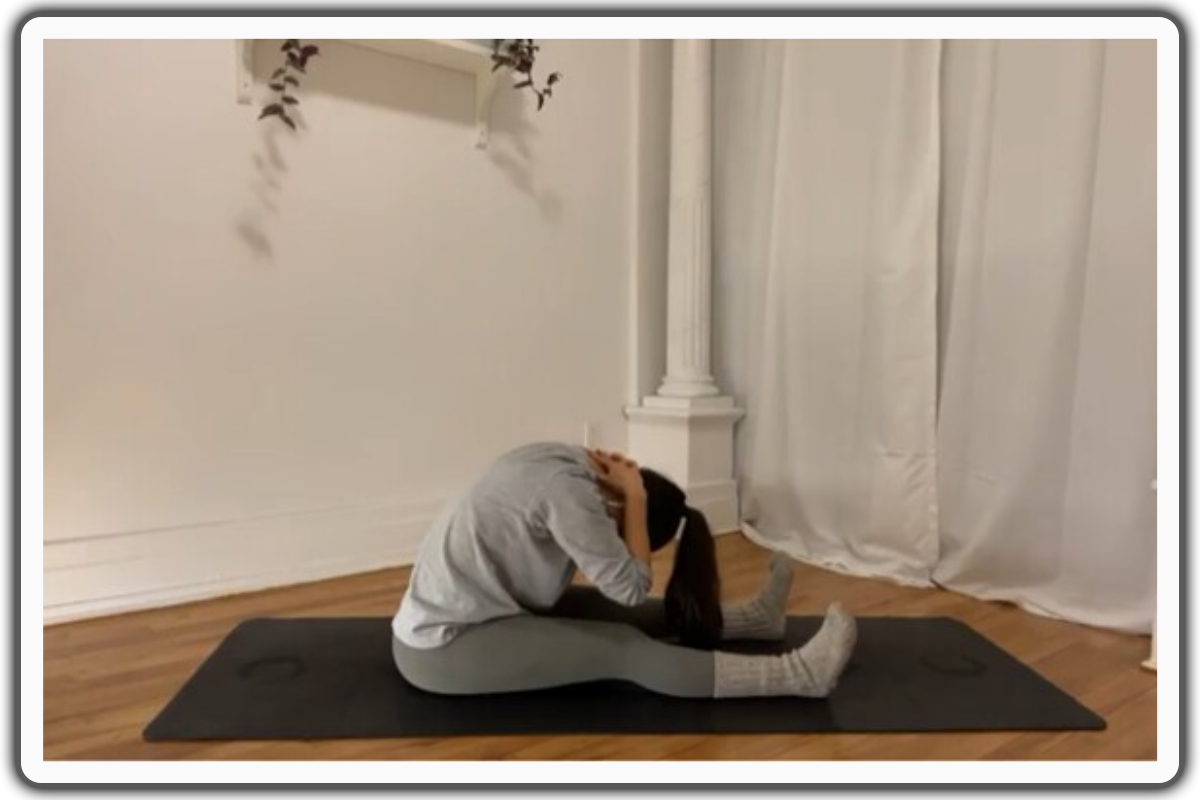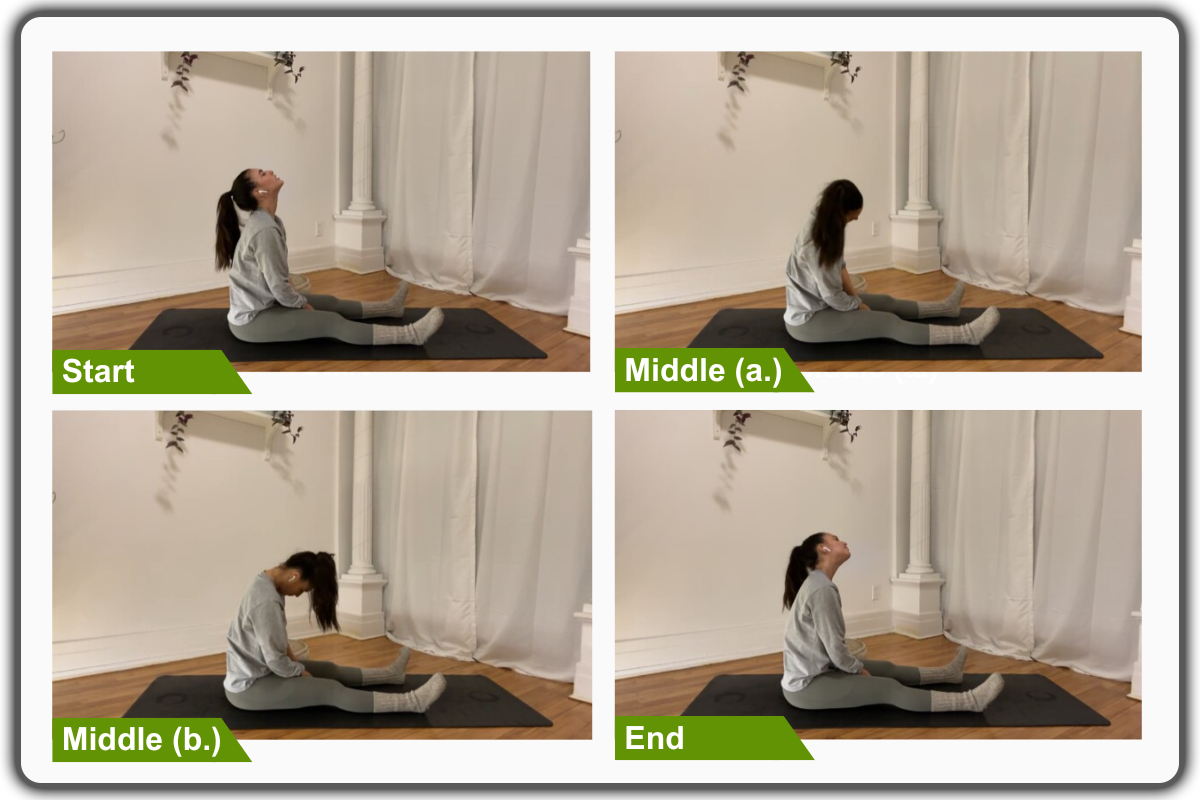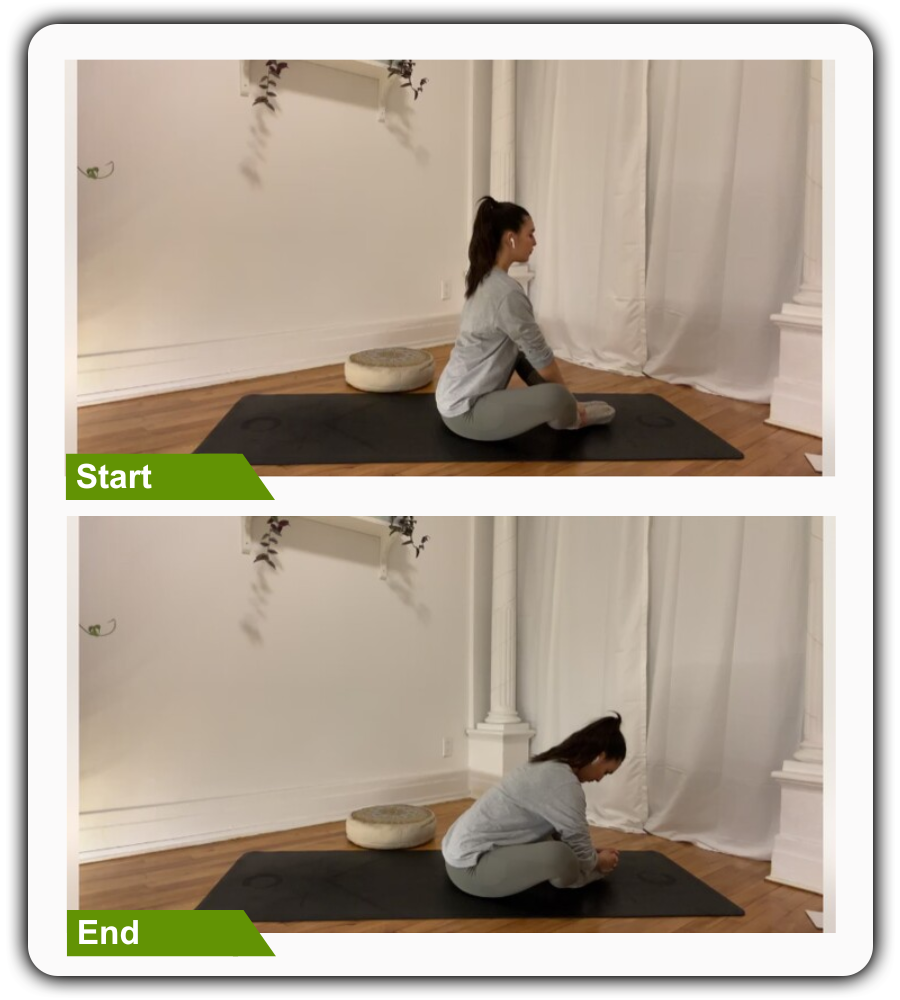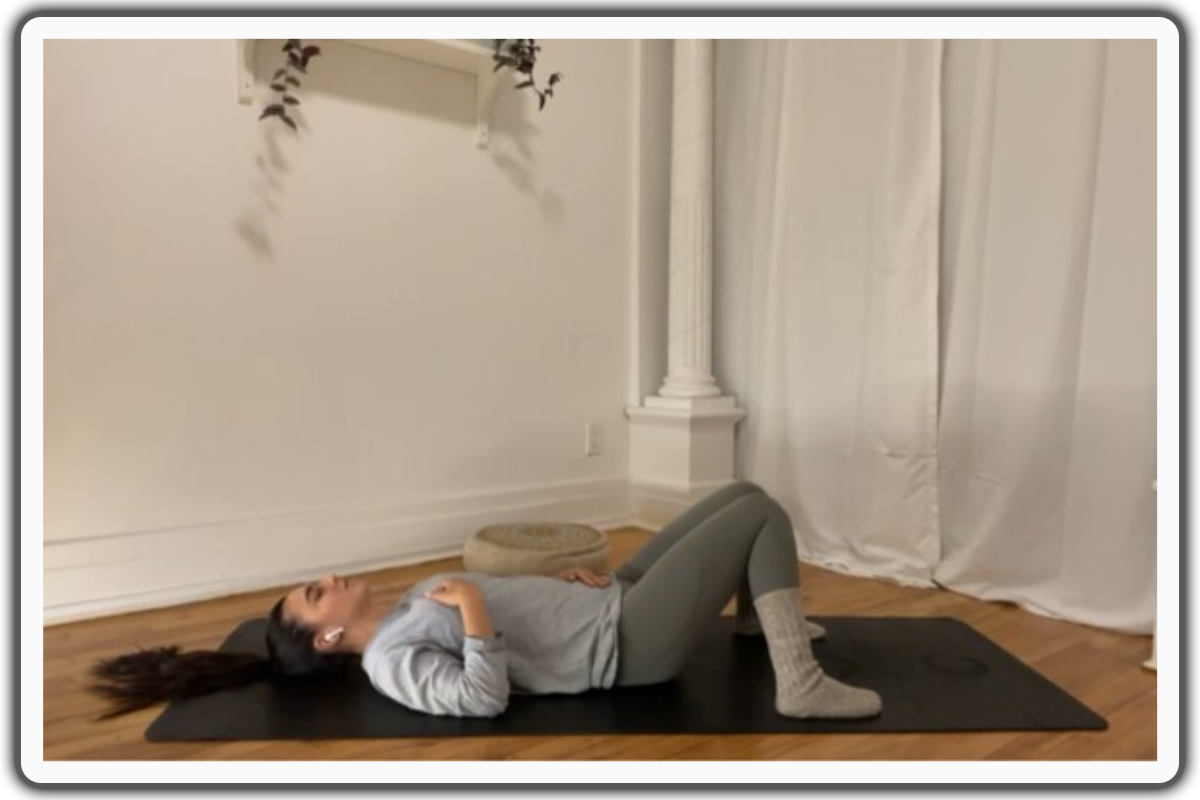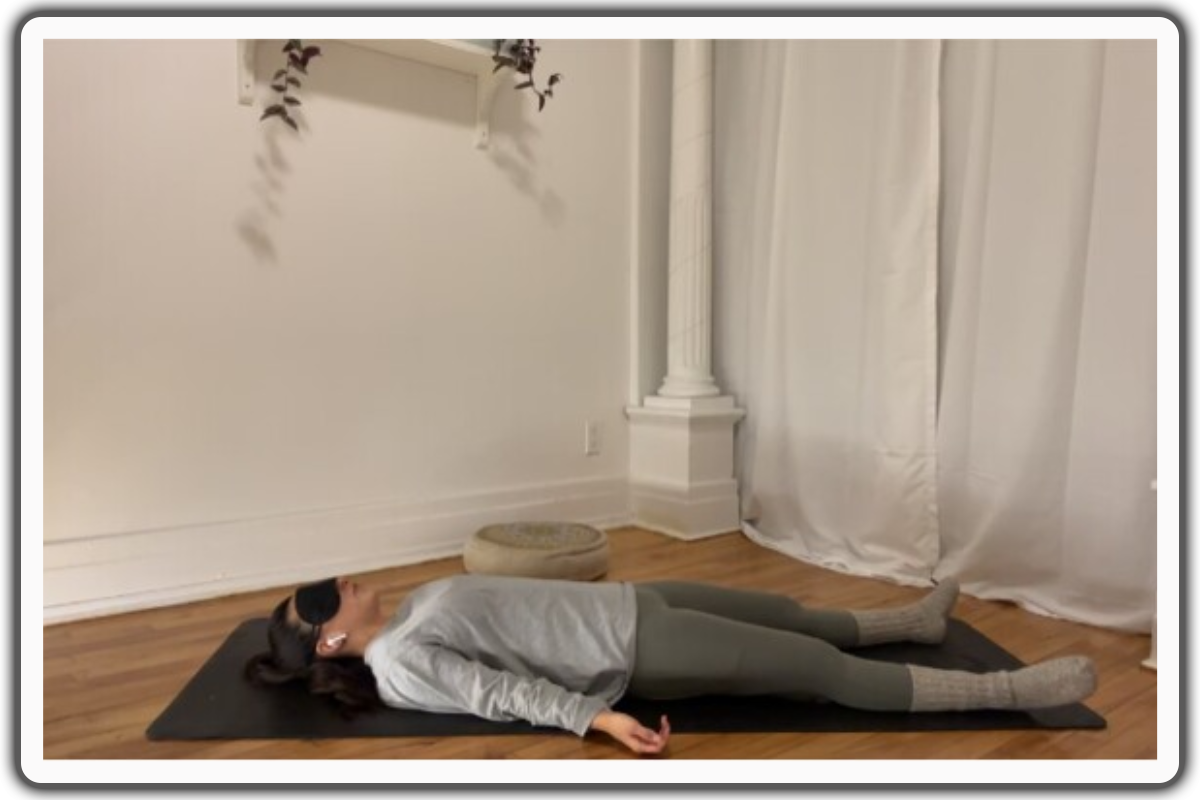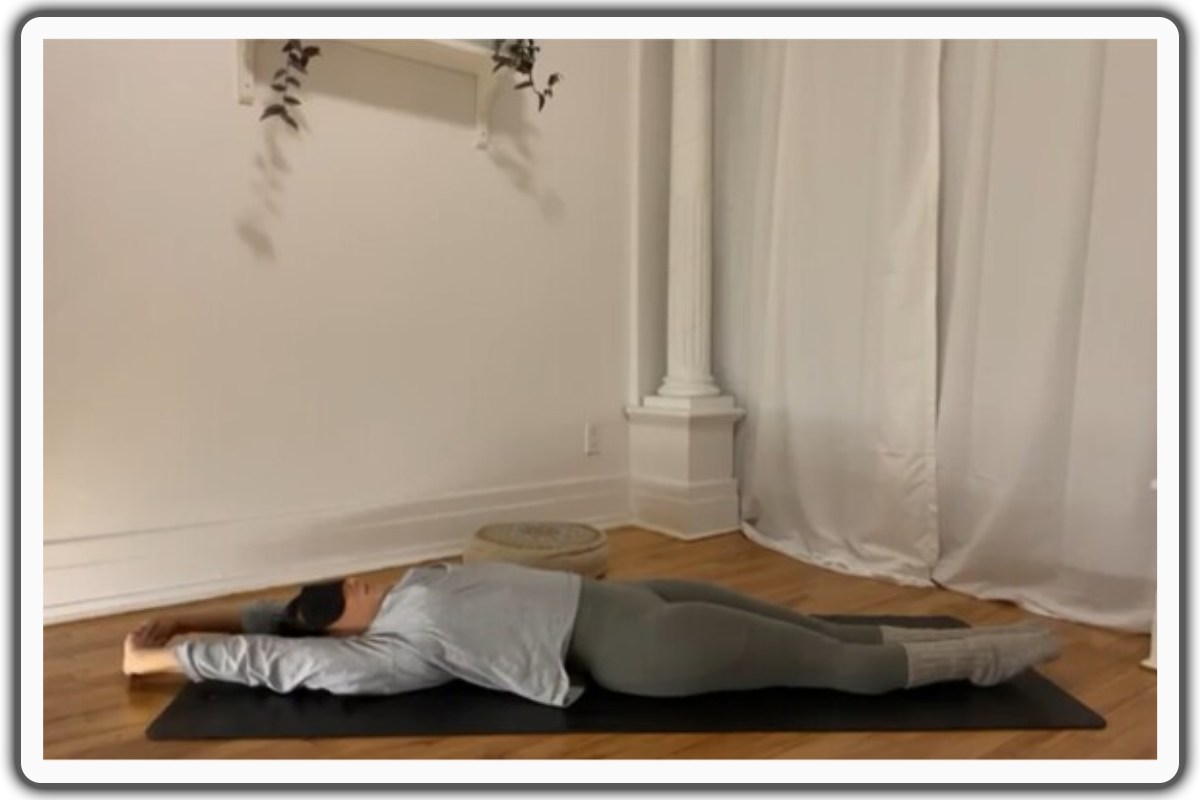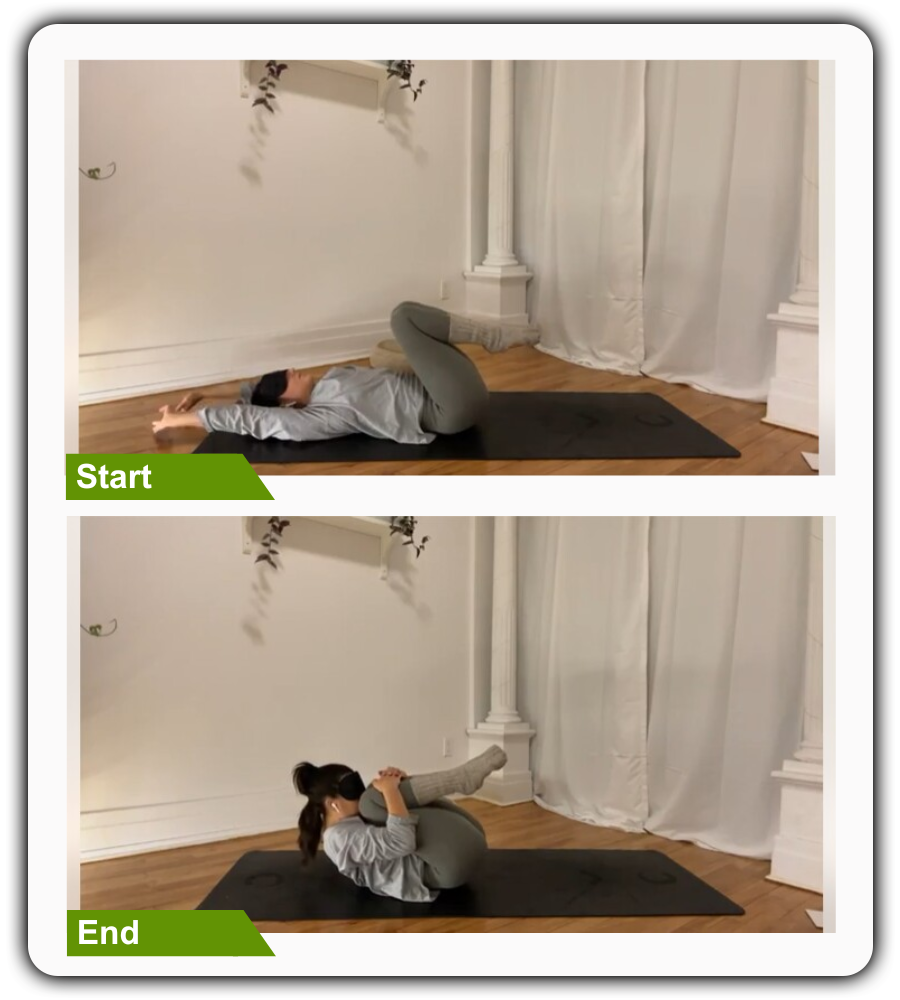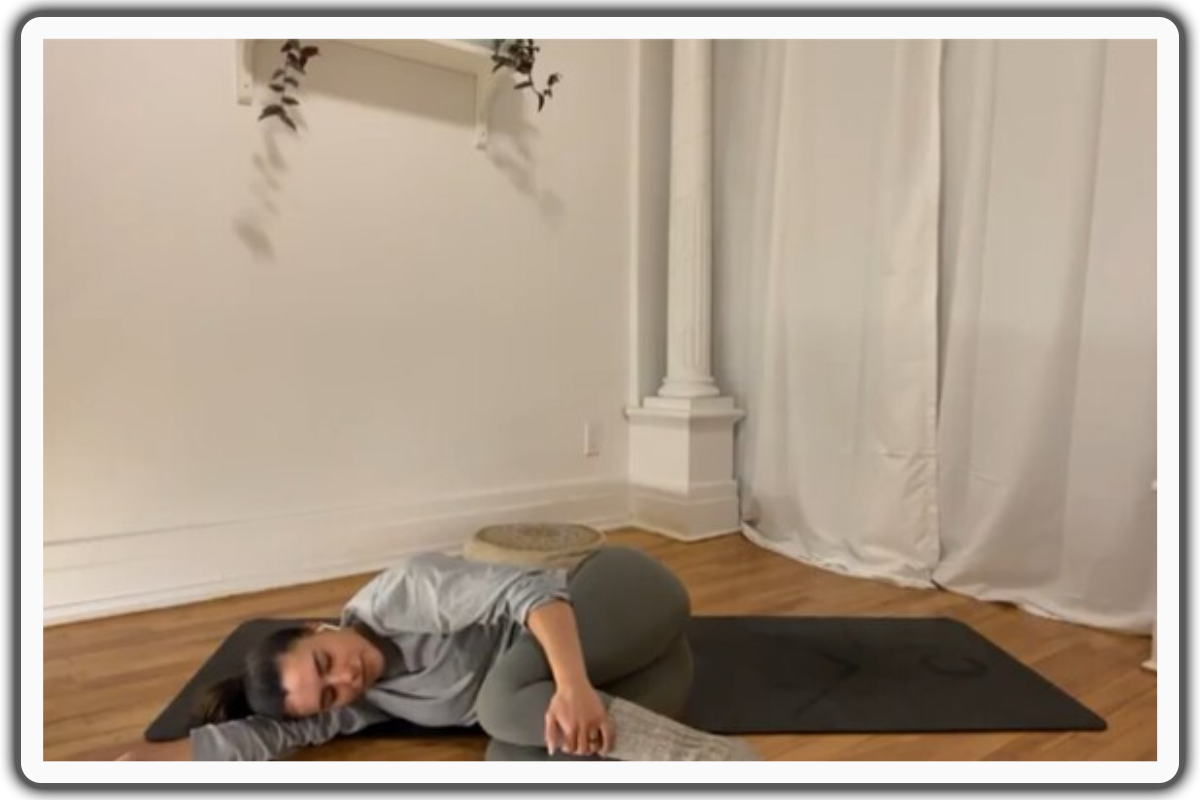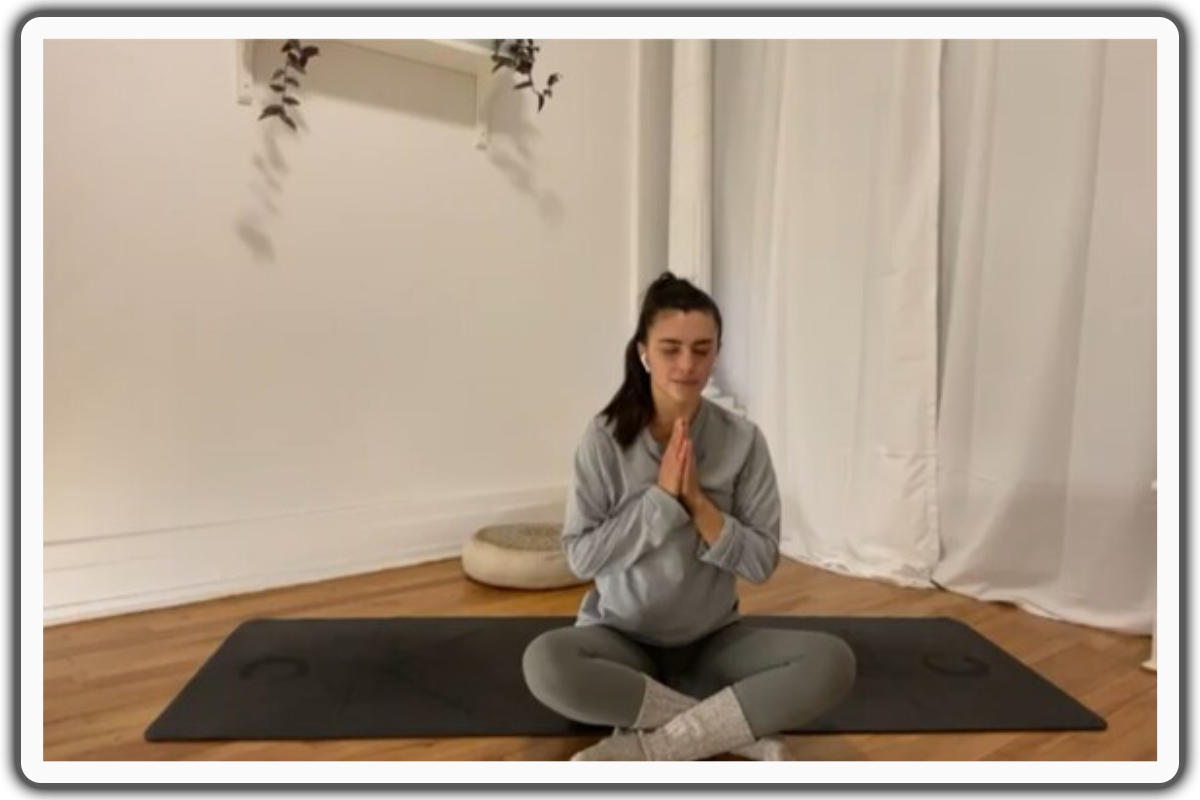Inhale Peace, Exhale Stress: Essential Yoga Poses to Calm the Nervous System
Understanding the Nervous System
Understanding the nervous system is like knowing how the body's messaging system works. Consisting of two primary components, the nervous system consists of the CNS (Central Nervous System) and the PNS (Peripheral Nervous System). The CNS, encompassing the brain and spinal cord, is the master regulator governing all bodily functions. It helps us think, feel emotions, and move. The PNS is like a network of messengers that connect the CNS to the rest of the body.
They send signals back and forth to help us sense things, move our muscles, and keep our bodies working properly. When we feel stressed, the sympathetic nervous system kicks into gear, making us feel on edge and activating our fight-or-flight response. But too much stress isn't good for us. That's where things like calming yoga poses come in. As an effective stress relief hobby, calming yoga poses can help calm the nervous system and make us feel better.
The Role of Yoga in Stress Management
Yoga is like a secret weapon against stress, eliminating anxiety symptoms. It helps us relax our bodies and minds by doing special calming yoga poses. A relaxing pose helps release tension, reduce blood pressure, and help us pay more attention to the present moment. Poses such as the bridge pose, prayer position, and mild inversion pose can help stretch and strengthen our muscles while breathing exercises calm our nerves. Even simply putting your legs up the wall, yoga teaches us to be aware of our thoughts and feelings without judging them, which helps us feel more at ease. By practicing yoga regularly, we can improve our stress handling, feel peaceful inside, and convert the nervous system into a relaxed, parasympathetic nervous system.
Warm Ups for Yoga Poses
1 . Seated Breaths
For this exercise, use a pillow or bolster to support your pelvis in a forward position.
Begin in an upright sitting position on the pillow with your legs crossed in front of your body, maintaining good alignment with your head, shoulders, and hips. Place your hands on your knees. Close your eyes, relax your head, and bring attention to your breath as you take several deep belly breaths, in through your nose and out through your mouth.
Breaths
2. Progressive Exercises
A. Rubbing Hands Nervous System Comfort
From the Breaths position, press your palms together at chest height and rub them vigorously to create heat. Bring them over to your face, feeling the gentle heat from both hands. Hold this position for several deep belly breaths, in through your nose and out through your mouth. Return to the starting position and perform the movement for 2 repetitions.
Rubbing Hands
B. Pranayama
From Rubbing Hands Nervous System Comfort, bring your index and middle fingers onto your forehead, just above the eyebrows. Alternately cover each side of your nose with your thumb and ring fingers. Start off by inhaling through your right nostril and exhaling through your left nostril, then reverse the process. Complete for 5 seconds on each side.
Pranayama
C. Mindfulness
From Pranayama, bring your hands to your knees and lower your head. Clench your jaw and close your eyes firmly, bringing your attention to these movements. Using the power of the mind, try to ease the tension in your jaw and eyes, directing your focus towards alleviating the discomfort at the source of this pain. When you’re ready, gently open your eyes and lower your gaze, gradually lifting your head forward.
Mindfulness
Essential Yoga Poses for Calming the Nervous System
1. Gomukhasana Variations (Progressive Exercises):
A. Shoelace Pose
Begin in an upright sitting position with your knees bent and feet flat on the floor. Slide your right foot underneath your left knee, positioning your right foot to the outside edge of your left hip. Similarly, bring your left foot to the outside edge of your right hip, stacking both knees on top of each other. Hold this position for several deep belly breaths, in through your nose and out through your mouth. Return to the starting position and repeat the movement on the opposite side.
Shoelace Pose
B. Cow Face Variations
From Shoelace Pose, cross your arms in front of your body at shoulder height, wrapping at the elbows and wrists. Take a deep breath, bring the arms up as you gently lean your head back. Exhale and slowly hinge through your hips to bend your upper body forward, bringing your elbows toward your knees. Hold this position for several deep belly breaths, in through your nose and out through your mouth. Return to the starting position and repeat the movement on the opposite side. Start with 1 set of 3 repetitions on each side.
Cow Face Pose
C. Gomukhasana with Arm Crosses
From Cow Face Variations, release your arms and engage your core. Inhale, and raise your arms overhead to about a 45-degree angle, extending your arms back to open your chest. Exhale and swing your arms forward to wrap your arms across your chest, dropping your chin down towards your chest and rounding out your midback. Repeat the movement as needed while observing proper breathing.
Gomukhasana with Arm Crosses
2. Seated Windshield Wipers
Begin in an upright sitting position on the floor with your knees bent and your feet flat on the floor. Lean your upper body back and place your hands behind you for support. Engage your core and widen your stance. Rotate your lower body to drop your knees to one side. Return to the middle position and repeat the movement on the opposite side.
Seated Windshield Wipers
3. Supported Child’s Pose
For this exercise, use a pillow, a yoga block, or a bolster for support.
Begin in an upright kneeling position in front of the pillow with your knees wider than shoulder-width apart. Tighten your abdominal area. Lower your upper body to the pillow and extend your arms overhead. Lower your forehead to the floor, relaxing your mid-back area for a light stretch. Take several deep belly breaths, in through your nose and out through your mouth. Relax and return to an upright sitting position.
Supported Child’s Pose
Child’s Pose Variations for Nervous System Comfort
Variation 1:
Begin in a 4-point position with your hands underneath your shoulders and your knees underneath your hips. Tighten your abdominal area. Shift your hips back to your feet and rest your forehead on the floor. Bring both hands at your sides, grabbing your feet with each hand. Hold this position for a couple of deep belly breaths, in through your nose and out through your mouth. Relax and return to the starting position.
Depending on your comfort level, apply pressure on your forehead and rock your head from side to side.
Child’s Pose Variation 1
Variation 2:
Begin in a 4-point position with your hands underneath your shoulders and your knees underneath your hips. Tighten your abdominal area. Shift your hips back to your feet and rest your forehead on the floor. Interlace your fingers behind your back and slowly extend your joined hands toward the ceiling, pressing your forehead to the floor for balance. Hold this position for several deep belly breaths, in through your nose and out through your mouth. Relax and return to the starting position.
Variation 3:
Depending on your comfort level, progress the movement by lifting your hips off the floor with your knees under your hips. Establish your balance with your forehead pressed to the floor, then shift your gaze between your knees. Hold the position for several deep belly breaths, in through your nose and out through your mouth. Relax and return to the starting position.
4. Thread the Needle
From the Child’s Pose position, twist your upper body to one side, reaching one hand towards the sky. Lower your arm and slide it under your supporting arm with your palm facing upward. Lower your shoulder and rest the side of your head on the floor. Bring your opposite hand either on your back or extend it overhead. Hold this position for several deep belly breaths, in through your nose and out through your mouth. Relax and return to the starting position. Repeat the movement on the opposite side.
Thread the Needle
5. Paschimottanasana
For this exercise, use a pillow or a rolled blanket to support your upper body.
Begin in an upright sitting position on the floor with your legs extended in front of your body, keeping your toes pointing upward. Maintain good alignment with your head, shoulders, and hips. Place a pillow on your thighs and engage your core. Hinge through your hips to bend your upper body forward, lowering your head down as you wrap both arms around the pillow. Hold this position for several deep belly breaths, in through your nose and out through your mouth. Relax and return to the starting position.
Pashchimottanasana
Exercise Variation:
Begin in an upright sitting position on the floor with your legs extended in front of your body, keeping your toes pointing upward. Maintain good alignment with your head, shoulders, and hips. Engage your core and hinge through your hips to bend your upper body forward. Interlace your fingers behind your neck, allowing the weight of your hands to pull your head down. Hold this position for 3 deep belly breaths, in through your nose and out through your mouth. Relax and return to the starting position.
Variation Exercise
6. Neck Circles
Begin in an upright sitting position on the floor with your legs extended in front of your body, keeping your toes pointing upward. Maintain good alignment with your head, shoulders, and hips. Engage your core and gently move your head to a counterclockwise circular motion. Repeat the movement in the opposite direction. Start with 1 set of 3 repetitions in each direction.
Neck Circles
7. Butterfly Pose
Begin in an upright sitting position on the floor with your knees bent and feet flat on the floor. Bring the soles of your feet together and straighten your spine. Open your knees out to the sides, grabbing each ankle with your hand. Tighten your core and hinge through your hips to bend your upper body forward. Hold this position for 3 deep belly breaths, in through your nose and out through your mouth. Relax and return to the starting position.
Butterfly Pose
8. Supine Breaths
Lie on your back on the floor with your knees bent and feet flat on the floor, wider than shoulder-width apart. Shift your heels out slightly, letting your knees fall inward. Place one hand on your chest and the opposite hand over your belly, relaxing your upper body. Close your eyes and hold this position for 5 deep belly breaths, in through your nose and out through your mouth. Relax and return to the starting position.
Cool Downs for Yoga Poses
1. Corpse Pose
For this exercise, wear an eye mask or any cloth to cover your eyes, which will help calm the nervous system.
Lie on your back on the floor, maintaining good alignment with your head, shoulders, hips, and legs. Place your arms at your sides with your palms facing upward. Close your eyes or cover your eyes with an eye mask and relax your body. Then, visualize being released from any illness or pain as you hold this position for several deep belly breaths, in through your nose and out through your mouth.
Depending on your comfort level, wiggle your toes or rock your head from side to side to enhance blood circulation.
Corpse Pose
2. Full Body Stretch
Lie on your back on the floor, maintaining good alignment with your head, shoulders, hips, and legs. Place a pillow underneath your hips for support, if needed. Close your eyes or cover your eyes with an eye mask. Engage your core. Interlace your fingers and extend your arms overhead as you stretch your legs with your toes pointing forward. Hold this position for several deep belly breaths, in through your nose and out through your mouth.
Full Body Stretch
3. Knees to Chest
Lie on your back on the floor, maintaining good alignment with your head, shoulders, hips, and legs. Close your eyes or cover your eyes with an eye mask. Engage your core. Bring both knees up towards your chest and hold onto your knees with both arms, looking for a light stretch in the lower back and glutes. Curl your upper body as you lift your head towards your knees and hold this position for several deep belly breaths, in through your nose and out through your mouth. Relax and return to the starting position.
Knees to Chest
4. Side Fetal Pose
Lie on your side on the floor with your knees bent and feet together, maintaining good alignment in your upper body. Extend your bottom arm overhead and rest the side of your head on your outstretched arm. Hold onto your upper knee with your opposite hand and close your eyes. Hold this position for several deep belly breaths, in through your nose and out through your mouth. Relax and return to the starting position.
Side Fetal Pose
5. Lotus/Prayer Pose
Begin in an upright sitting position on the floor with your legs crossed in front of your body, maintaining a good alignment with your head, shoulders, and hips. Press your palms together in a prayer position at chest height and close your eyes. Hold this position for several deep belly breaths, in through your nose and out through your mouth.
Lotus/Prayer Pose
We can help reduce headaches and joint pain in the right and/or left leg by targeting specific breathing techniques and postures. By doing these calming yoga poses and postures, we can help ourselves relax and eliminate the pain and tension that can come with a headache.
It’s important to note that while these calming yoga poses or exercises may help reduce your chances of getting headaches and migraines, they are not a replacement for medication.
Conclusion
Inhaling peace and exhaling stress through yoga is not just a philosophy; it's a practical approach to nurturing our nervous system and overall well-being. Understanding the complex operations of the nervous system, comprising the central and peripheral systems, sheds light on how stress affects our bodies and minds. However, incorporating essential yoga poses and mindful breathing techniques into our daily routines enables us to counteract the adverse impacts of stress.
A great thing about yoga is that it helps regulate blood pressure and relieve anxiety. Besides improving our posture, fitness, and flexibility, yoga also causes our bodies to switch on the part of our nervous system that helps us relax. This makes us feel calmer and more at ease, reducing stress levels and releasing tension that is built up.
From gentle warm-ups to invigorating poses and calming cool-downs, each yoga practice is a tool for cultivating inner peace and resilience. By dedicating time to yoga, we empower ourselves to manage stress effectively, enhance relaxation, and promote a harmonious balance between body and mind. So, with just a few calming yoga poses, a yoga mat, and a lot of deep breathing, the pathway to tranquility and well-being in our lives can finally start with restorative yoga.

